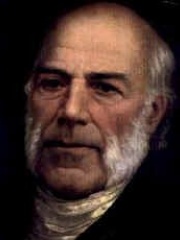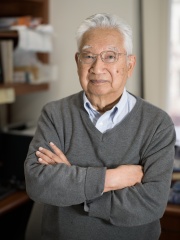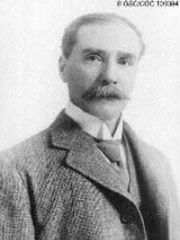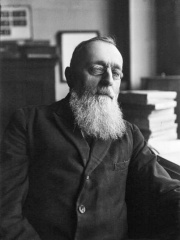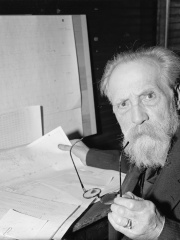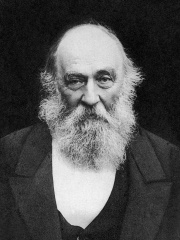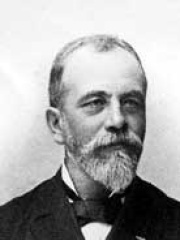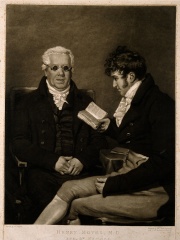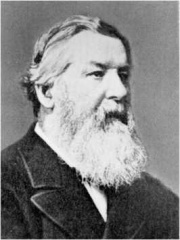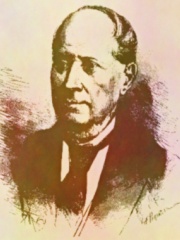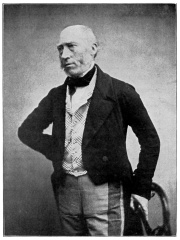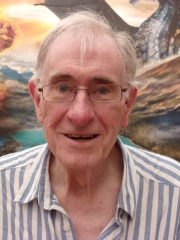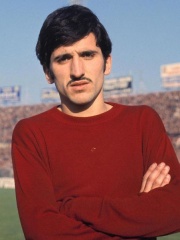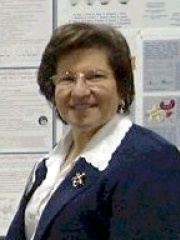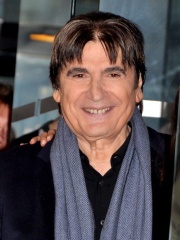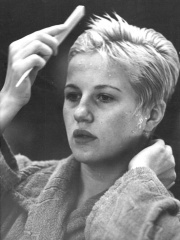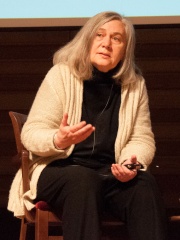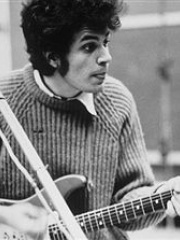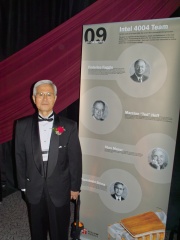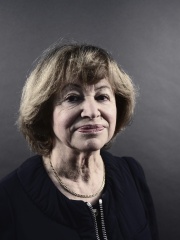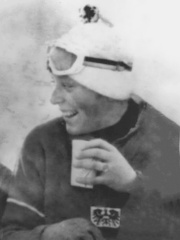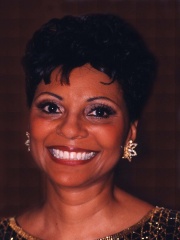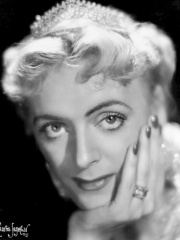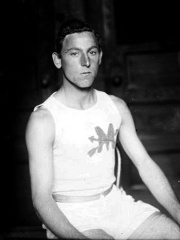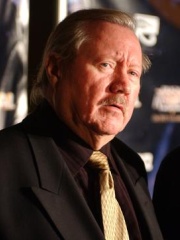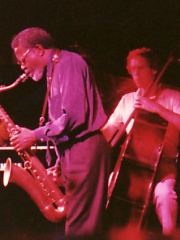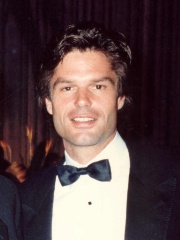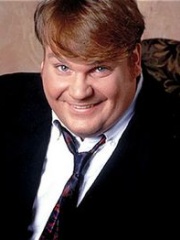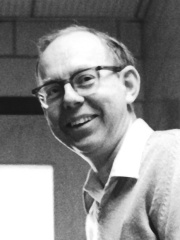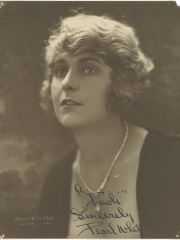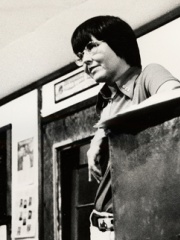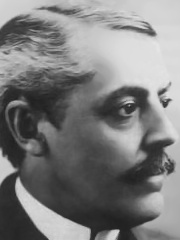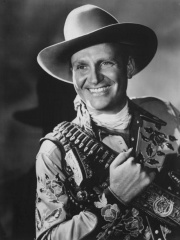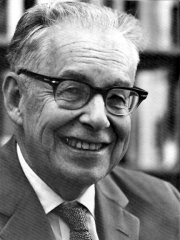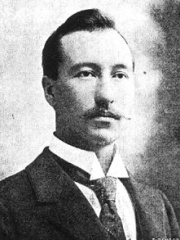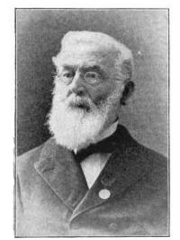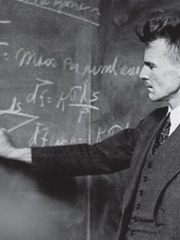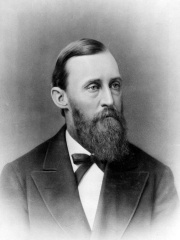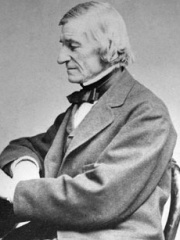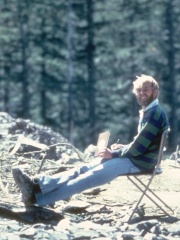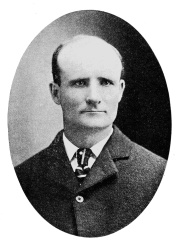GEOLOGIST
Niles Eldredge
1943 - Today

 Niles Eldredge
Niles Eldredge
Niles Eldredge ( ELD-rij; born August 25, 1943) is an American biologist and paleontologist, who, along with Stephen Jay Gould, proposed the theory of punctuated equilibrium in 1972. Read more on Wikipedia
His biography is available in 20 different languages on Wikipedia. Niles Eldredge is the 49th most popular geologist (down from 48th in 2024), the 6,275th most popular biography from United States (down from 5,993rd in 2019) and the 5th most popular American Geologist.
Memorability Metrics
Page views of Niles Eldredge by language
Among GEOLOGISTS
Among geologists, Niles Eldredge ranks 49 out of 90. Before him are Joachim Barrande, Hiroo Kanamori, Lawrence Lambe, Alfred Lacroix, Henryk Arctowski, and Carl Friedrich Schmidt. After him are Marcel Alexandre Bertrand, William Nicol, Julius von Haast, Luigi Palmieri, John Phillips, and Gerard De Geer.
Most Popular Geologists in Wikipedia
Go to all RankingsJoachim Barrande
1799 - 1883
HPI: 58.19
Rank: 43
Hiroo Kanamori
1936 - Present
HPI: 58.18
Rank: 44
Lawrence Lambe
1863 - 1919
HPI: 58.13
Rank: 45
Alfred Lacroix
1863 - 1948
HPI: 57.96
Rank: 46
Henryk Arctowski
1871 - 1958
HPI: 57.60
Rank: 47
Carl Friedrich Schmidt
1832 - 1908
HPI: 57.56
Rank: 48
Niles Eldredge
1943 - Present
HPI: 57.39
Rank: 49
Marcel Alexandre Bertrand
1847 - 1907
HPI: 57.31
Rank: 50
William Nicol
1770 - 1851
HPI: 56.94
Rank: 51
Julius von Haast
1822 - 1887
HPI: 56.83
Rank: 52
Luigi Palmieri
1807 - 1896
HPI: 56.73
Rank: 53
John Phillips
1800 - 1874
HPI: 56.71
Rank: 54
Gerard De Geer
1858 - 1943
HPI: 56.66
Rank: 55
Contemporaries
Among people born in 1943, Niles Eldredge ranks 402. Before him are Christopher Priest, Gigi Meroni, Janet Akyüz Mattei, Steve Clark, Serge Lama, and Ingrid Gulbin. After him are Marilynne Robinson, Mike Bloomfield, Masatoshi Shima, Catherine Cesarsky, Christl Haas, and Leslie Uggams.
Others Born in 1943
Go to all RankingsChristopher Priest
WRITER
1943 - 2024
HPI: 57.51
Rank: 396
Gigi Meroni
SOCCER PLAYER
1943 - 1967
HPI: 57.49
Rank: 397
Janet Akyüz Mattei
ASTRONOMER
1943 - 2004
HPI: 57.46
Rank: 398
Steve Clark
SWIMMER
1943 - Present
HPI: 57.44
Rank: 399
Serge Lama
SINGER
1943 - Present
HPI: 57.42
Rank: 400
Ingrid Gulbin
ATHLETE
1943 - Present
HPI: 57.39
Rank: 401
Niles Eldredge
GEOLOGIST
1943 - Present
HPI: 57.39
Rank: 402
Marilynne Robinson
WRITER
1943 - Present
HPI: 57.38
Rank: 403
Mike Bloomfield
MUSICIAN
1943 - 1981
HPI: 57.38
Rank: 404
Masatoshi Shima
CHEMIST
1943 - Present
HPI: 57.37
Rank: 405
Catherine Cesarsky
ASTRONOMER
1943 - Present
HPI: 57.35
Rank: 406
Christl Haas
SKIER
1943 - 2001
HPI: 57.35
Rank: 407
Leslie Uggams
ACTOR
1943 - Present
HPI: 57.35
Rank: 408
In United States
Among people born in United States, Niles Eldredge ranks 6,276 out of 20,380. Before him are Christine Jorgensen (1926), Frederick Lorz (1884), Glen A. Larson (1937), Joe Henderson (1937), Harry Hamlin (1951), and Chris Farley (1964). After him are Dave Alexander (1947), Robert Mills (1927), Pearl White (1889), Mary Daly (1928), Eli Lilly (1838), and Gene Autry (1907).
Others born in United States
Go to all RankingsChristine Jorgensen
MILITARY PERSONNEL
1926 - 1989
HPI: 57.40
Rank: 6,270
Frederick Lorz
ATHLETE
1884 - 1914
HPI: 57.40
Rank: 6,271
Glen A. Larson
WRITER
1937 - 2014
HPI: 57.39
Rank: 6,272
Joe Henderson
MUSICIAN
1937 - 2001
HPI: 57.39
Rank: 6,273
Harry Hamlin
ACTOR
1951 - Present
HPI: 57.39
Rank: 6,274
Chris Farley
ACTOR
1964 - 1997
HPI: 57.39
Rank: 6,275
Niles Eldredge
GEOLOGIST
1943 - Present
HPI: 57.39
Rank: 6,276
Dave Alexander
MUSICIAN
1947 - 1975
HPI: 57.39
Rank: 6,277
Robert Mills
PHYSICIST
1927 - 1999
HPI: 57.39
Rank: 6,278
Pearl White
ACTOR
1889 - 1938
HPI: 57.39
Rank: 6,279
Mary Daly
PHILOSOPHER
1928 - 2010
HPI: 57.39
Rank: 6,280
Eli Lilly
BUSINESSPERSON
1838 - 1898
HPI: 57.39
Rank: 6,281
Gene Autry
MUSICIAN
1907 - 1998
HPI: 57.39
Rank: 6,282
Among GEOLOGISTS In United States
Among geologists born in United States, Niles Eldredge ranks 5. Before him are Charles Francis Richter (1900), Walter Alvarez (1940), Harry Hammond Hess (1906), and Barnum Brown (1873). After him are James Hall (1811), Hugo Benioff (1899), M. King Hubbert (1903), Ferdinand Vandeveer Hayden (1829), William Barton Rogers (1804), David A. Johnston (1949), and John Bell Hatcher (1861).
Charles Francis Richter
1900 - 1985
HPI: 78.63
Rank: 1
Walter Alvarez
1940 - Present
HPI: 65.30
Rank: 2
Harry Hammond Hess
1906 - 1969
HPI: 59.72
Rank: 3
Barnum Brown
1873 - 1963
HPI: 58.55
Rank: 4
Niles Eldredge
1943 - Present
HPI: 57.39
Rank: 5
James Hall
1811 - 1898
HPI: 56.56
Rank: 6
Hugo Benioff
1899 - 1968
HPI: 56.26
Rank: 7
M. King Hubbert
1903 - 1989
HPI: 54.61
Rank: 8
Ferdinand Vandeveer Hayden
1829 - 1887
HPI: 54.56
Rank: 9
William Barton Rogers
1804 - 1882
HPI: 54.36
Rank: 10
David A. Johnston
1949 - 1980
HPI: 53.26
Rank: 11
John Bell Hatcher
1861 - 1904
HPI: 52.23
Rank: 12
